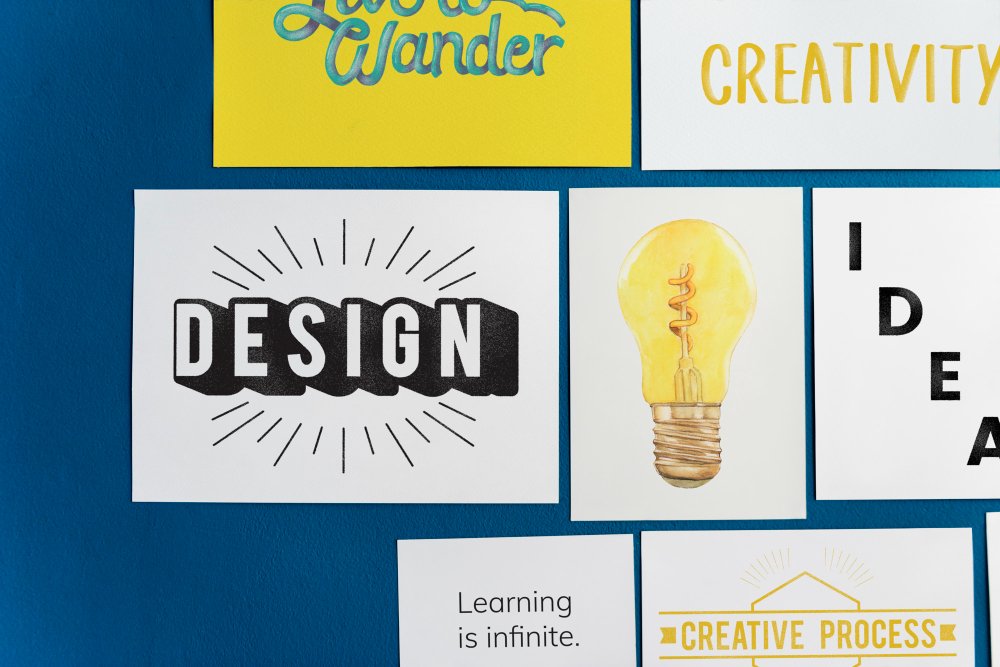7 Essential UI/UX Design Principles for Successful Mobile App Development
In today’s competitive digital landscape, having a visually appealing and easy-to-use mobile app is essential for user retention and engagement. This is where UI/UX design plays a crucial role. Whether you’re a UX designer or a business owner looking to hire a UI/UX designer, understanding the core principles of user experience design is key to creating a successful app. By focusing on user-centered design, intuitive navigation, and responsive interfaces, apps can provide an optimal user experience that keeps people coming back. In this article, we’ll explore the top UX design requirements for mobile app development, giving you insights to enhance both your UX design portfolio and your app’s performance.
1. Focus on User-Centered Design
At the heart of any successful mobile app lies a strong focus on user-centered design. This principle ensures that the app is tailored to the needs, behaviors, and goals of the end-user. When a UX designer prioritizes the user’s experience throughout the development process, the app becomes more intuitive and enjoyable to use. The first step in user-centered design is conducting thorough research to understand the target audience. This can involve creating user personas, performing usability testing, and gathering feedback. By putting users at the center, you address their pain points and create solutions that feel natural to them.
A UX consultant can be invaluable in guiding teams through this process, helping to define and refine user goals. Whether you’re a solo UX designer or part of a larger team, keeping the user at the forefront of every design decision is key to ensuring the app resonates with its audience. In today’s competitive market, apps that don’t meet user needs quickly fall behind. Therefore, user-centered design is not just a best practice—it’s a necessity.
2. Keep It Simple and Intuitive
Simplicity is one of the core principles of UI and UX design. Users are more likely to engage with apps that are easy to navigate and understand. Cluttered interfaces or confusing navigation can frustrate users, leading them to abandon the app. A simple, intuitive user interface design eliminates unnecessary features and focuses on delivering the most value in the least amount of time. This principle aligns with the UX design requirements that prioritize usability over aesthetic complexity.
For user experience designers, ensuring simplicity means creating clear pathways for users to achieve their goals. This includes using familiar icons, straightforward language, and logical navigation patterns. An intuitive design doesn’t force users to think about how to interact with the app; instead, it feels like second nature. The success of apps like Instagram and Uber lies in their ability to offer powerful functionality while maintaining a clean, easy-to-use interface. As a UI/UX designer, keeping simplicity and intuition at the forefront will ensure that users can engage effortlessly with your app.
3. Consistency is Key in UX/UI Design
Consistency is a fundamental aspect of both UX design and UI design. A cohesive design creates a seamless experience for users, ensuring that they know what to expect as they move through the app. UI and UX designers must ensure consistency in everything from typography and color schemes to button styles and layouts. This allows users to build familiarity with the app’s interface, reducing the cognitive load and making navigation more intuitive.
For instance, if your app uses a specific color for action buttons, maintaining that color throughout creates a sense of continuity. Similarly, font sizes and styles should remain consistent across different screens to avoid confusing users. For UX designers, consistency also extends to interaction patterns. Whether it’s a swipe gesture or a drop-down menu, using familiar elements throughout the app enhances usability and ensures that users can navigate the app smoothly.
4. Ensure Responsive and Adaptive Design
In today’s multi-device world, ensuring responsive and adaptive design is crucial for delivering a seamless experience across various screen sizes and resolutions. A UX designer must account for how users interact with apps on smartphones, tablets, and even smartwatches. Responsive UI/UX design adapts the app’s layout to fit different screens without losing functionality or visual appeal.
Adaptive design, on the other hand, takes it a step further by tailoring the experience to the specific device type. For example, on a smartphone, users may prefer swipe gestures, while tablet users might expect larger touch targets. By ensuring both responsive and adaptive design, UX designers can provide a consistent and intuitive experience regardless of the device. This principle is especially important for apps with diverse user bases, as it ensures that all users enjoy a smooth, accessible interface no matter how they access it.
5. Prioritize Speed and Performance in UX/UI Design
Speed is one of the most crucial elements of a successful user experience design. Mobile users expect apps to load quickly and respond instantly to inputs. A slow or unresponsive app can frustrate users, leading to higher bounce rates and app abandonment. UX designers must work closely with developers to optimize the app’s performance, ensuring that it runs smoothly without delays.
Key ways to improve app speed include reducing the number of large media files, optimizing animations, and simplifying complex features that may slow down performance. For UI and UX designers, performance optimization should be an ongoing part of the development process, as even small delays can negatively impact the overall user experience. Fast load times and smooth interactions not only enhance usability but also keep users engaged.
6. Use Familiar Navigation Patterns
User interaction design thrives on familiarity. When users open an app, they expect certain navigation patterns to be present. UX designers should leverage established design conventions, such as hamburger menus, tab bars, or floating action buttons, to create a seamless experience. These familiar elements make it easier for users to intuitively find their way around the app without needing to learn a new system.
By incorporating widely recognized icons and navigation schemes, UI/UX designers ensure that the app feels accessible to all users, from tech-savvy individuals to those less experienced with technology. Innovative designs can sometimes be too experimental, which may confuse or frustrate users. Sticking to tried-and-true navigation patterns, while adding small unique touches, allows user experience designers to balance creativity with usability.
7. Accessibility Matters in UX/UI Design
Designing for accessibility is a critical aspect of modern UX/UI design. Every user, regardless of their abilities, should be able to interact with the app seamlessly. Incorporating accessibility features, such as high-contrast text, scalable fonts, and voice commands, ensures that users with disabilities can navigate and use the app efficiently.
Many UX design courses emphasize the importance of making apps accessible to everyone, including those who rely on screen readers or other assistive technologies. By following guidelines such as WCAG (Web Content Accessibility Guidelines), UX and UI designers can ensure their apps are inclusive, making them available to a wider audience. Not only is accessibility a best practice in design, but it also showcases social responsibility, ensuring that no user is left behind.
Incorporating the core principles of UI/UX design into mobile app development is key to creating an app that users love. By focusing on user-centered design, maintaining simplicity and consistency, and ensuring responsiveness, designers can craft apps that provide a seamless and intuitive experience. Additionally, prioritizing speed, using familiar navigation patterns, and making the app accessible to all users are vital for ensuring success in today’s diverse digital landscape.
Whether you’re building your UX design portfolio or looking to hire a UX designer, these principles will help you stand out in the competitive app market. Ultimately, the goal of any user experience designer is to create apps that not only meet user expectations but exceed them, delivering lasting value through thoughtful and effective design.




